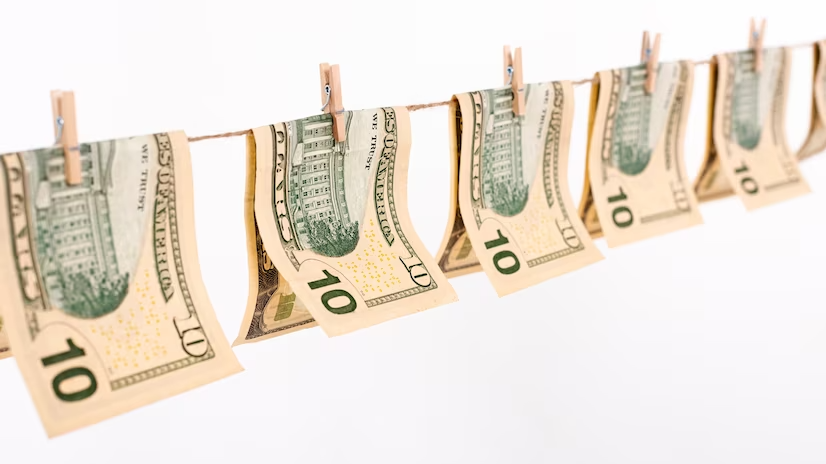
Inflation, closely monitored by the Federal Reserve, rose slightly less-than-expected in February, giving some hope that higher interest rates are helping to dampen price increases.
The Price Index for Personal Consumption Expenditures, excluding food and energy, rose 0.3% MoM, the Commerce Department said on Friday. This was below the Dow Jones forecast of 0.4% and below the 0.5% rise in January.
On a 12-month basis, core PCE rose 4.6%, slightly below its January level.
Including food and energy, core PCE rose 0.3% m/m and 5% y/y, up from 0.6% and 5.3% in January.
The data came in softer than expected as energy prices fell 0.4% m/m and food prices rose 0.2%. Prices for goods increased by 0.2%, and for services - by 0.3%.
Other data from the report: personal income rose 0.3%, slightly above the 0.2% forecast. Consumer spending increased by 0.2%, compared with the forecast of 0.3%.
Stocks opened higher after the release of the report, while yields on long-term Treasury bonds declined.
"The inflationary trend looks promising for investors. Inflation is likely to be below 4% by the end of the year, which will give the Federal Reserve some leeway to cut rates by the end of the year if the economy enters a recession," said Geoffrey Roach, chief economist LPL Financial.
Market prices on Friday morning after the release of the inflation report indicated that the Fed could raise its base rate by another quarter of a percentage point or leave it unchanged in May.
The Fed's own unofficial forecasts, released last week, indicated that another rate hike is possible this year and no cuts. However, traders are expecting a rate cut this year, with the Fed funds rate expected to end the year at 4.25%-4.5%, half a point below the current target range.
While inflation has eased in some areas, it remains damaging in others. In particular, housing costs have risen sharply. However, Fed officials are turning a blind eye to this growth and expect that rent growth will slow down during the year.
However, inflation is likely to remain well above the Fed's 2% target through 2024, and officials have said they remain focused on lowering prices despite the ongoing banking turmoil.
Data released on Thursday suggests that problems in the banking sector may also be at least under control. Borrowing under the Fed's two emergency lending programs eased slightly last week, suggesting there was no frenzied run for liquidity for banks that could be undercapitalized.
Read more:
World Bank: approved $350 million financing for RISE-II operation in Pakistan
China keeps Loan Prime rate steady at record Lows.
'A lackluster January through May': One chart shows what stock investors can expect in a crucial election year
With Bitcoin Spot ETF Approvals, Halving and Incoming Upgrades, What Should You Expect from BTC in 2024?
Polygon Labs Announced Upcoming Updates for Products and Events Expected in December
Cross-Chain Protocol Wormhole Secures $225M in Funding, Now Valued at $2.5B
United Kingdom Seeks to Strengthen Its Digital Asset Sector
The Dow Jones has seen a dreaded 'death cross.' Here's what it means.
USDT Accounts for 80% of All Crypto Transactions in Brazil in 2023
US SEC Approves Grayscale’s Ethereum ETF Filing
Binance Secures New Euro Banking Partners to Resume Fiat Transactions
Bitcoin Is Good Hedge in Current Geopolitical Tensions, Says Paul Tudor Jones
Circle Intervenes in SEC Case against Binance, Defends Stablecoins’ Regulatory Status
Web3 Startup IYK Raised $16.8M in Recent Funding Round Led by A16z
Bybit to Suspend UK Operations in Response to FCA’s New Rules
Celsius Former Chief Revenue Officer Pleads Guilty to Criminal Charges, Awaits Sentencing
US Judge Dismisses Class Action Suit against Uniswap
